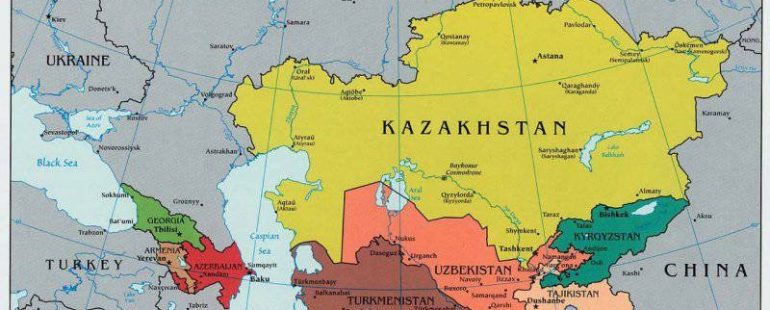
Exporting to Uzbekistan via Iran
Introduction
Uzbekistan, a rapidly developing nation in Central Asia, is becoming an important market for goods and services. With a population of over 34 million and a diverse economy supported by agriculture, textiles, and mineral resources, Uzbekistan presents significant opportunities for international exporters. Utilizing Iran as a transit route to reach Uzbekistan can enhance trade prospects for businesses seeking to expand their market reach. This article explores the logistics, trade regulations, benefits, and challenges associated with exporting to Uzbekistan via Iran.
Economic Relations Between Uzbekistan and Iran
Uzbekistan and Iran share a long history of economic and cultural ties. In recent years, both nations have intensified efforts to enhance bilateral trade and economic cooperation. The potential for joint ventures, investment opportunities, and increased trade flows has led to the establishment of various agreements aimed at reducing trade barriers. The Iran-Uzbekistan Economic Cooperation Agreement signed in recent years highlights their commitment to enhancing commerce.
Trade Route Overview
The most common route for exporting goods to Uzbekistan via Iran involves the following key transit points:
- Port of Bandar Abbas (Iran): This is the main maritime hub in Iran, serving as a crucial entry point for goods. It is used for shipments from various parts of the world.
- Transit through Iran: After arriving at Bandar Abbas, goods can be transported via road or rail across Iran to reach the Uzbekistan border. Various routes are available, including:
- Road Transport: Utilizing highways connecting Bandar Abbas to Tabriz, and then crossing into Uzbekistan.
- Rail Transport: The rail network linking Iran and Uzbekistan, particularly the new routes established to enhance cargo transit.
- Uzbekistan Border: Key border crossings include the Termez border, which connects Iran to Uzbekistan directly, facilitating the seamless transfer of goods.
Benefits of Exporting via Iran
- Geographical Proximity: For many countries, Iran serves as the most accessible trading partner offering direct access to Central Asia.
- Developing Infrastructure: Iran has been investing in improving its road and rail networks, making transportation to Uzbekistan faster and more efficient.
- Customs Facilitation: The Iranian government has been working to streamline customs procedures, reducing transit times and costs.
- Cultural Ties: Shared cultural and historical ties between Iran and Uzbekistan often facilitate smoother business negotiations.
Key Sectors for Export
Various sectors present opportunities for exporters targeting the Uzbekistan market via Iran:
- Agricultural Products: Uzbekistan imports considerable amounts of food products, including grains, fruits, and vegetables, which can be exported through Iran.
- Textiles and Apparel: With Uzbekistan being a major player in cotton production, there is potential for importing textile machinery and related materials.
- Construction Materials: Given the rapid urban development in Uzbekistan, there is a rising demand for construction materials which can be supplied via Iran.
- Technology and Machinery: Uzbekistan’s ongoing modernization efforts in several sectors create opportunities for exporting machinery and technological solutions.
Challenges in Exporting
While the prospects are promising, exporters need to navigate several challenges:
- Regulatory Hurdles: Different regulations regarding customs procedures, tariffs, and quality standards in Iran and Uzbekistan can complicate exports.
- Logistics Complexity: Managing logistics, particularly ensuring timely delivery through border points, can present challenges due to regulatory bottlenecks and inefficiencies.
- Political Climate: Political relations between countries can affect trade dynamics. Exporters must stay informed about any geopolitical tensions that could impact trade routes.
- Language and Cultural Barriers: Language differences may hinder effective communication with local partners and stakeholders.
Conclusion
Exporting to Uzbekistan via Iran can be a strategically advantageous route for businesses looking to penetrate the Central Asian market. The dynamic growth of Uzbekistan’s economy and its commitment to strengthening ties with Iran create promising prospects for exporters. However, careful consideration of the logistical, regulatory, and political landscape is essential for successful market entry. By forming strong local partnerships and staying compliant with both Iranian and Uzbek regulations, exporters can take full advantage of this burgeoning trade corridor. As regional trade continues to evolve, those who adapt and innovate within these frameworks will undoubtedly reap the benefits in the competitive landscape.

Comments (No Responses )
No comments yet.